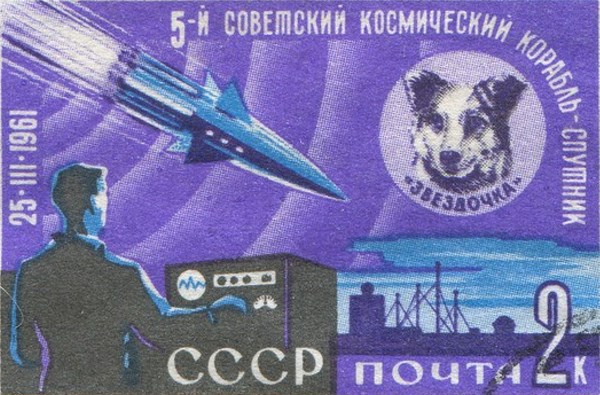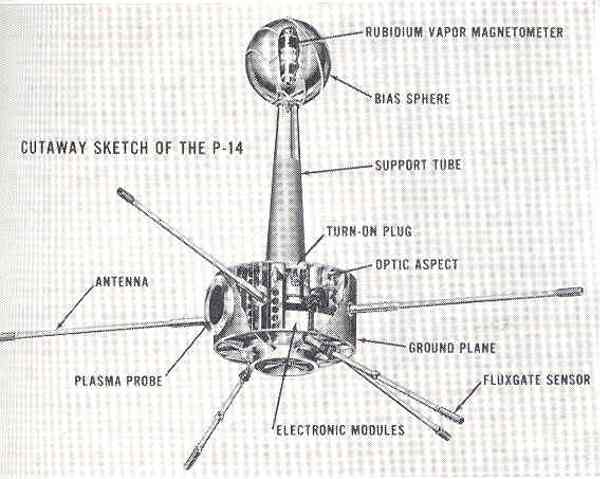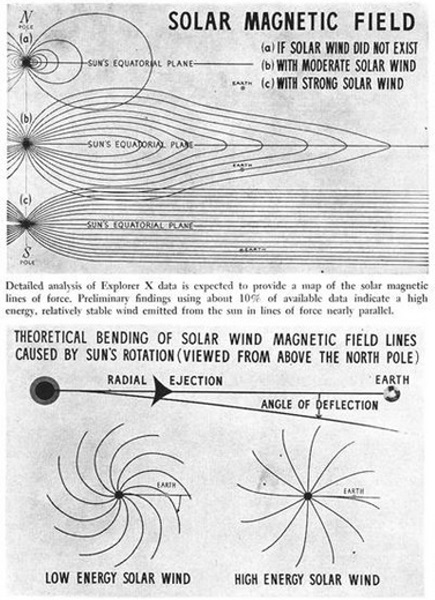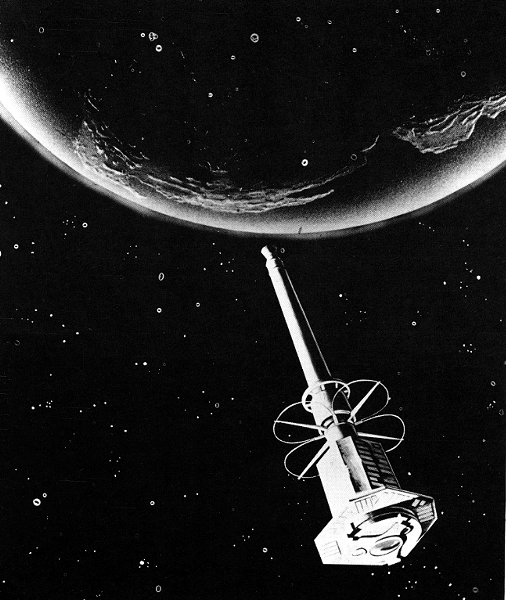They say "You're only as old as you feel," which explains why Asimov pinches co-eds at conventions.
I've been asked why someone of my advanced age is into the bop and rock and billy that the kids are into these days, when I should be preferring the likes of Glenn Miller or Caruso. Truth be told, I do like the music of my youth, the swing of the 30s and the war years (no, I didn't serve. I was 4F. My brother, Lou, was in five Pacific invasions, though.) But there's something to today's music, something new. Lou's kid, David, really turned me onto this stuff – the Cubano and the Rock n' Roll. Music beyond whitebread and Lawrence Welk.
It makes me feel…young.

I've got a full month of space news to catch up, in large part because I was remiss around the end of last month thanks to Wondercon. And then Gagarin's flight eclipsed all else in significance for a while, but there is more to off-planet exploration than men in capsules.
Like dogs in capsules. Gagarin's flight was preceded by Sputnik 10, launched March 25. In retrospect, it is clear that it was a test flight of the Vostok spacecraft, and it carried a mannequin cosmonaut and a dog, Zvezdocha ("Little star" – a charming name). Both passengers returned safely to Earth.
The fact that Sputnik 9, Sputnik 10, and Vostok 1 all launched in such close succession is a testament to the robustness of the Soviet space program. It is clear that they have plenty of boosters and capsules to fling into space. One has to wonder if their second manned space shot will precede our first (currently scheduled for May 4.)

Also launched March 25 was the diminutive and short-lived Explorer 10. Its brief lifespan was intentional. The little probe was sent on a eccentric orbit that took it nearly half-way to the Moon. For just 52 hours, the craft returned data on the magnetic fields in cislunar space, well above the energetic Van Allen Belts. It may seem a waste to send a satellite up for such a short time, but solar panels are heavy, and the Thor Delta that boosted it can only throw so much into space.
Some of the results are straightforward — it confirmed the speed and density of solar flare protons. As for the magnetospheric results, well, their interpretation depends on the answer to one question: did Explorer 10 probe into a realm beyond Earth's magnetic field (thus measuring the sun's field) or just its outer reaches?

Columbus' first trip returned inconclusive results about the New World; so it will take several more satellites to properly map the high electromagnetic frontier.
Speaking of seeing the unknown, many humans (yours truly included) have some degree of color-blindness. That is, there are wavelengths of the visual electromagnetic spectrum that we cannot distinguish from others. For all intents and purposes, those colors don't exist to us.
All humans are subject to another kind of color-blindness, one caused by the atmosphere. You see, while the sky seems perfectly clear to us, at least at night, in fact the air blocks a good many wavelengths of light that we'd be able to detect if it weren't there. Not with our eyes, to be sure, but with equipment.
X-Rays, for instance. High-flying sounding rockets have found tantalizing evidence that the Sun emits those high energy waves. Explorer 7's and Vanguard 3's X-Ray detectors were swamped by the radiation of the Van Allen Belts. Solrad, equipped with a magnetic sweeper, was humanity's first eye in the sky that could see light in that spectrum, though only in a crude fashion, counting the photons as they struck its photocell. Perhaps the upcoming Orbital Solar Observatory will see more.
Even more elusive are the extremely energetic gamma rays, normally only detected as radiation from natural and artificial nuclear reactions. Logic would suggest that these rays are emitted by stars, but there is no way to be sure from the ground.
Enter Explorer 11, launched on one of the last Juno II rockets (thankfully, it worked; these neglected boosters have a mere 50/50 chance of success.) It looks to my eye like the early Explorers, which makes sense: the body of the probe is the little Sergeant rocket that makes up the fourth stage of both the Juno I and II. This little guy is the first satellite that can detect light in the gamma ray end of the spectrum. Again, it isn't a camera, but it will detect the number and direction of the rays that hit its sensors. Who knows just what it will find!



Thank you for the update. Please pass on my thanks and admiration to your brother. All are deeply endebted to US World War II heroes (five – wow!).; and Australasia very noteably.
I agree liking one sort of music doesn't mean you don't have to like another (Eyes double negative dubiously.)
Lou was a radarman on the LCS-110. That's the smallest boat in the US Navy, and it would land on the beaches before the Marines would land. They'd shell the Japanese with rockets, then the tide would go out and all the sailors would have to push the boat back into the water.
My brother would sit on the prow with a tommygun.
Amazingly, Lou held and holds no animosity whatsoever for the Japanese (despite losing an elbow to them), and he made lots of local friends when he was involved in the post-war occupation.
I'm so sorry about the elbow. And wow!
He's got a plastic one that works as good as the original. Luckily, it was a ricochet rather than the a straight shot.